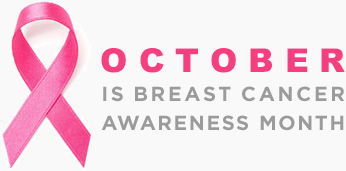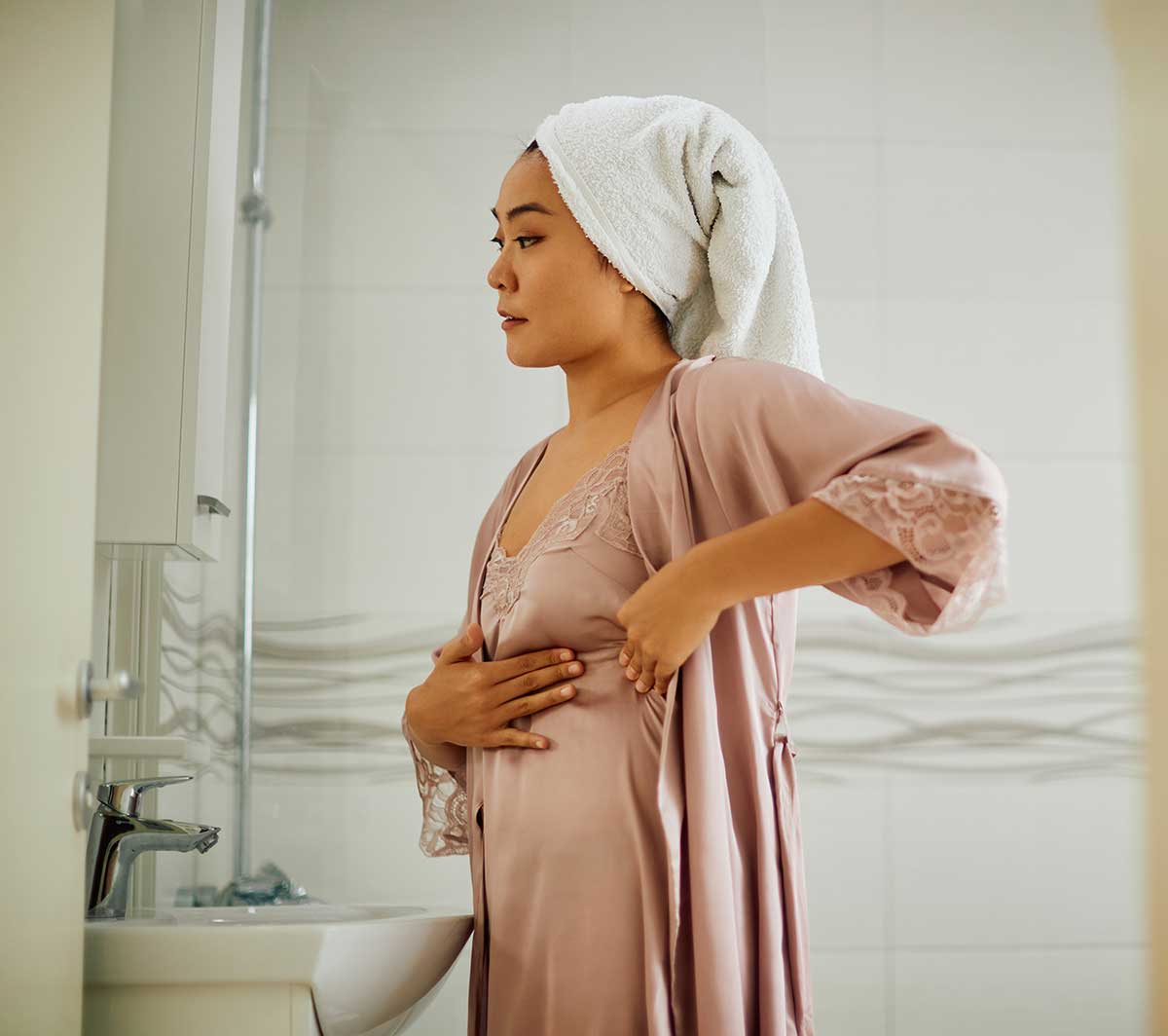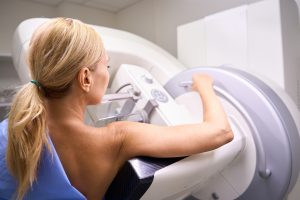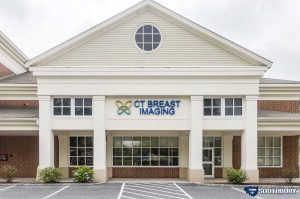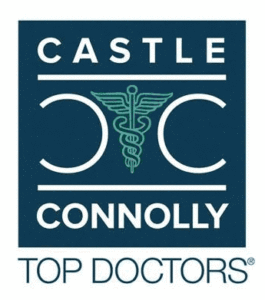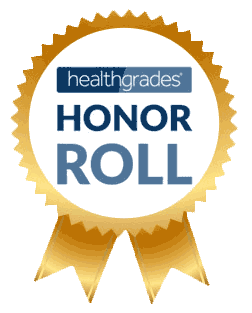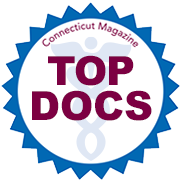A breast self examination (BSE) is a self-screening method that allows you to check for breast lumps from the comfort of your home. As the one who knows your own body best, you can be your own best advocate for good breast health. A self-breast examination can help screen and check for:
- Abnormalities including masses or growths which could be tumors and potentially cancerous
- Cysts that are small fluid-filled sacs which are typically non-cancerous but may cause discomfort
Self-examination is highly recommended as a complement to regular screening at a radiologist’s office. During a home exam, you will use your own hands to gently palpate (feel) each breast in a careful, systematic fashion. With self-examination, you will familiarize yourself with your breast size, shape and texture, so you’ll be able to discern when there is a change or difference in the feel of your breasts. It is important to immediately consult a health practitioner or doctor if you feel any changes or abnormalities in your breasts.
Preparation for Self-Breast Examination
It is a good idea to ask your health care provider to show you the proper method for breast self examination. They can explain what you are feeling in the breast tissue, so you will be able to notice any changes from month to month when you perform this simple exam on your own in the privacy of your own home.
It is helpful to have a specific day of the month to undertake your self-exam. Consider picking a day after your monthly menstrual cycle. This works well because normal hormonal changes in the body can affect the texture and feel of the breast during menstruation.
For those who don’t menstruate, or for women who are at the menopause stage, choose a regular, easy to remember date to perform the examination, such as the first of the month.
Be sure to keep a record of your self-breast examination results, to help you track and record any changes that you might have noticed in your breasts over time.
Performing a Self-Breast Exam
To start your self-breast examination, stand without a top or bra on, in front of a mirror and visually inspect your breasts. Then follow these steps:
- Raise your left hand. While the hand is raised, use your right hand to inspect your left breast.
- Touch all sides of your breast from top to bottom, leaving no side unchecked. Run your fingers from your nipples up to the top of your breast, close to the collarbone, and all the way to the center.
- Massage your fingers over your breast in different patterns and pressures. A spiral or circular motion starting from your nipples and around the breast works well.
- Be sure to check the sides, and under your armpits, as the breast tissue extends further than the shape of your breasts.
- Move to a lying down position. Use the pads of your three middle fingers to inspect your breast.
- Repeat the process in the shower. The soap and water will allow for easy movement of your hands over your skin.
- Check for nipple discharge by squeezing your nipples and see if they emit any fluids.
- Perform the self-exam on the other side. Raise your right hand and examine the left breast in the same fashion.
What to Look for in a Self-Exam
As you perform a self breast exam, you’ll be looking for the following:
- Gaining familiarity with the size or shape of your breasts
- Puckering (or any signs of wrinkling on the breast). Puckering is generally only seen when the arm is raised and a groove forms on the curve of the breast.
- Dimpling (e.g., sign of dimple on the breast). Dimpling is a visible change that can be noted when a lesion is tethered to overlying skin; as you move the breast around you may note the skin appears focally indented where a lesion may be pulling on it.
- Pulling “in” of the nipple.
- Nodes, lumps or asymmetrical ridges at the bottom of your breast.
- Non-breastfeeding mothers should also check for nipple discharge or fluid that isn’t breast milk.
What to Know About A Self Assessment
Can self-breast examination be depended on solely to know that one doesn’t have breast cancer? The answer is NO.
Why? Mammography is the most effective way to screen for breast cancer. It can detect tumors before they can be felt by self-examination. Self-examination is, however, effective for early detection, as a complement to mammography and regular medical checkups, and thus should be performed regularly.
Self breast exams can help individuals become familiar with what is normal for their own bodies or what may indicate an early sign of abnormality. It helps them know when to inform their healthcare provider about any observed changes.
If any type of a lump is detected while running a self-breast exam, you are advised to follow these steps:
- Remain calm. It is very common for people to have masses, nodes or lumpy areas in their breasts for varying reasons and durations. Not all masses in the breast are cancerous, and many turn out to form from normal hormonal changes.
- Reach out immediately to your doctor or healthcare provider. This is even more important for changes that last more than one full menstrual cycle, seem to be getting bigger, or do not go away.
Self Breast Exams are Crucial to Breast Health
Self-breast examination is a key component of breast health. Combined with regular medical care, appropriate and recommended mammography, and interpretation by a board-certified breast imaging specialist, self-breast examination can be used to augment early detection and reduce the risks of late stage discovery.
Connecticut Breast Imaging is the region’s top radiology practice offering comprehensive imaging and diagnostics for all breast health concerns. With the full spectrum of breast imaging techniques and state-of-the-art equipment on-site, including ultrasound, tomosynthesis (3D Mammography, digital diagnostic mammography) and breast biopsy, the practice is a welcome resource for patients of all ages and genders to access the best in breast care.
